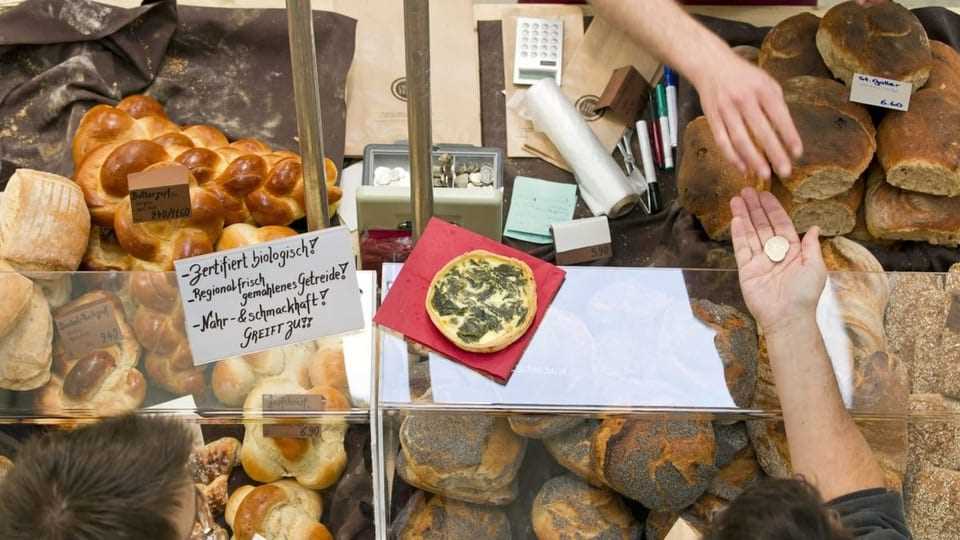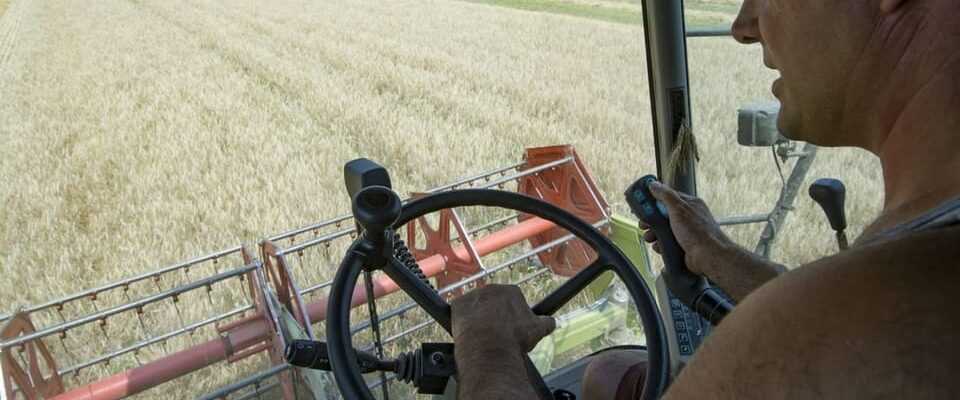contents
The 2021 grain harvest was poor. Consumers are now feeling this: baked goods are becoming more expensive.
Hardly any plums, cherries and pears, only a few grapes: last year, with its heavy rainfall, pretty much spoiled every harvest for the farmers.
But while poor fruit or grape harvests are widely criticized by the public, another agricultural product receives far less attention, even though it is an important part of our diet: grain. Here, too, the 2021 harvest was bad – and that is now affecting the prices of baked goods.
A third of the harvest is missing – sometimes even more
In Switzerland as a whole, around a third less grain was harvested last year than in the previous year, estimates Swiss Granum, the industry organization for grain, oil seeds and protein crops. In some areas the yield was even lower. For example in the canton of Lucerne, over which an unusually large number of heavy hail showers fell in summer and devastated numerous fields.
Legend:
Combine harvesters during the grain harvest: Last summer there was significantly less to be harvested in the fields than usual.
Keystone
“Our farmers harvested just half as much grain as in previous years,” says Guido Wicki, operator of the Wicki mill in Schüpfheim in Lucerne and member of the board of the Swiss Millers’ Association. “Much of it was also of poor quality and cannot be baked because the weather was too damp.”
Our farmers harvested half as much as in previous years.
For the millers this means: they have to import grain. Mills have grain stores and mix the grain from up to three years of harvest so that the taste of the flour does not vary too much from one year to the next.
“But we cannot simply dissolve the existing camps. We don’t know what the coming harvest will be like, »says Guido Wicki. His company bought grain from Germany, and he passed the additional costs on to the bakeries – with a price premium of 10 to 15 percent.
Breads whip up by up to 15 percent
Most bakeries, on the other hand, have raised the prices of many of their breads since the beginning of the year. “The most affected are baked goods with a high proportion of flour, less confectionery products with a lot of milk or butter,” says Josef Kreyenbühl, baker and President of the Lucerne Bakers’ Association.
Kreyenbühl estimates that bread became up to 15 percent more expensive at the turn of the year – although this is not only due to the imported flour. “At the same time, the energy costs for operating the bakery have risen, and packaging material has also become more expensive,” he says.

Legend:
More expensive flour, higher energy and packaging costs: the bakeries are currently collecting quite a bit.
Keystone
The imported flour not only makes bread more expensive. Especially for companies that rely heavily on regionality, it becomes a problem if there is a lack of regional grain. The miller Guido Wicki from Schüpfheim, for example, produces flour for the Migros label “From the region”. At the moment it still works, he says. The grain from the local farmers is sufficient to use the label – “but we have difficulties with other regional organic products.”
Wicki believes that the flour-related situation cannot be expected to normalize quickly. «We are now hoping for a good harvest summer. But even if it is above average, that is not enough. The demand remains greater than the supply because the mills want to replenish their stocks. “
